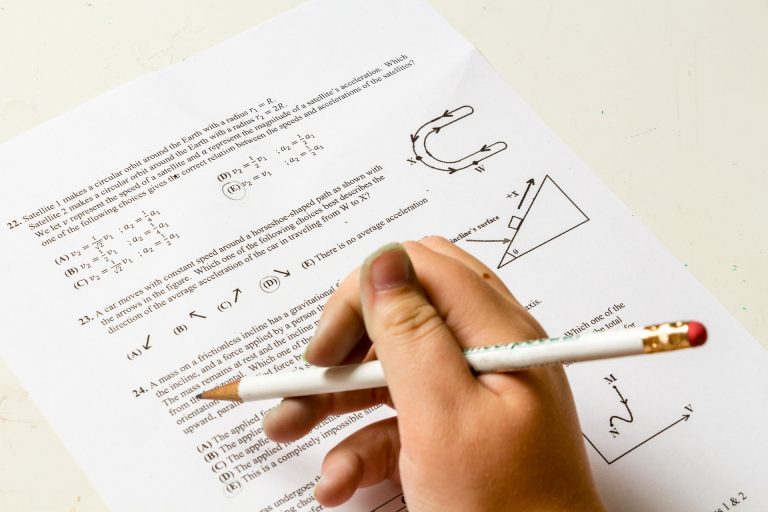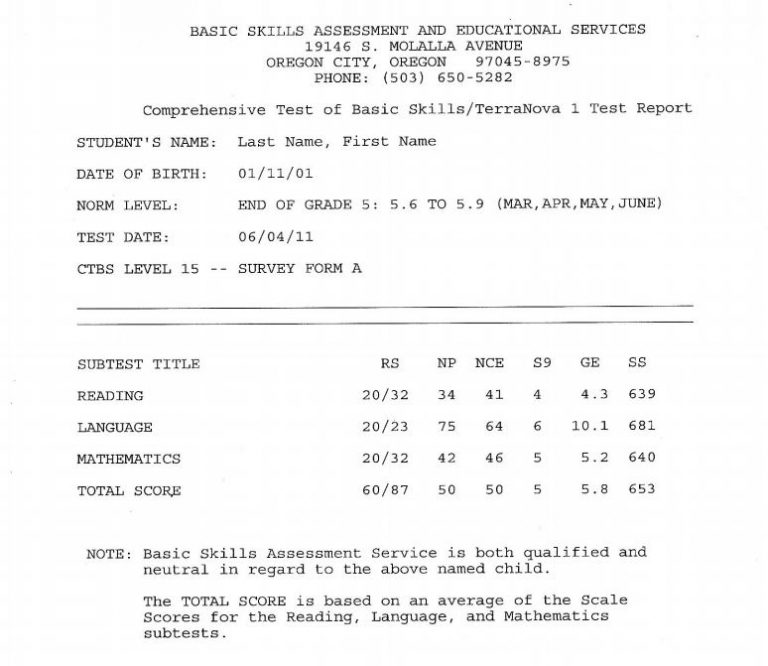Did My Student Take the Right Kind of Test?
Many students are scheduled to take, or have already taken, some form of an end of the year test.
For many it was likely a nationally normed achievement test. Some families only tested at those years required by their state’s law. Their aim was compliance and making sure their students “passed the test.” Other families had their children take the achievement test to see if they were making progress, to see if their teaching style and the curriculum they were using were being effective. Other parents tested hoping the results would help them determine the cause of their student’s weak performance on daily assignments. These parents were likely disappointed. There are limits to what an achievement test does.
Matching the purpose of your testing with the right kind of test is essential. Jo Edwards, our learning disabilities specialist here at Basic Skills, writes:

Conventional achievement tests compare your student against other students across the nation at a particular grade level.
For instance, if the child is a 5th grader, he/she takes the 5th grade achievement test and the scores achieved compare your student with other 5th graders. These scores give limited information about the student’s performance in each academic area. They only indicate strengths and weaknesses somewhat above and below the 5th grade norm.
Other kinds of tests give much more specific information about academic performance. They consider the student’s abilities from different perspectives. Rather than having a set number of test items for each subject area, these test instruments start with items that are easy for the student and proceed to gradually more difficult items until his/her maximum ability level is reached in each subject. These tests provide much more specific data about the student’s strengths and weaknesses than a conventional achievement test can.
For example, a reading inventory identifies the grade level at which a student reads by reading a list of words out of context. It also gives the number of words per minute a student can read; his/her word recognition when reading a story; and comprehension level when reading paragraphs at varying grade levels of text.
This type of testing is more specific and helps determine exactly where a child is functioning in a variety of academic areas. The information gained assists the parent in making curriculum changes that address the weaknesses identified. It can help the parent to provide more challenging tasks for students who are capable of more than has been required.
Did the testing used with your child provide you with the information you hoped to gain? If not, and you’d like some direction, email us or give us a call. We’d be glad to help point you in the right direction.
Thanks for reading!
Curt Bumcrot, MRE






